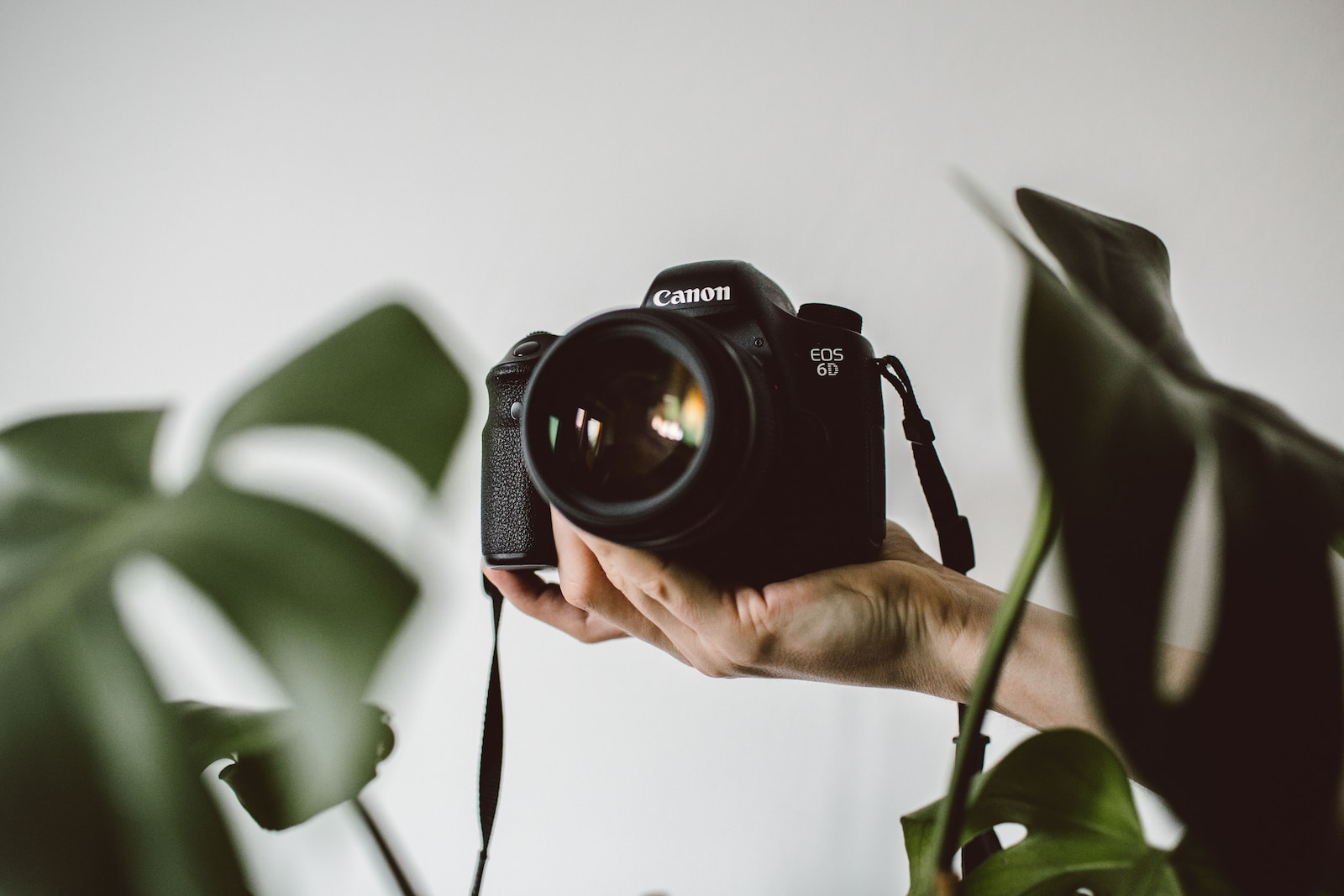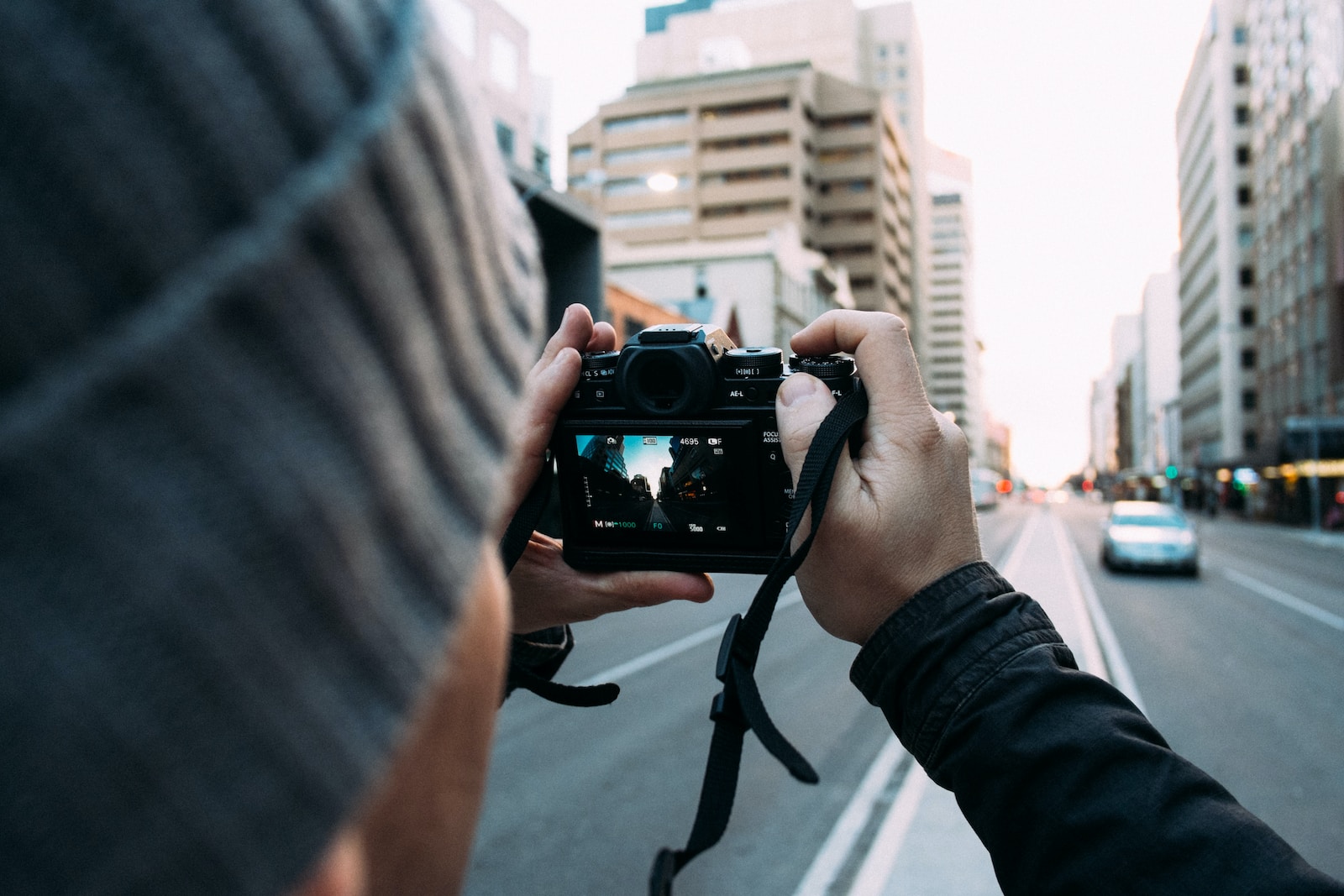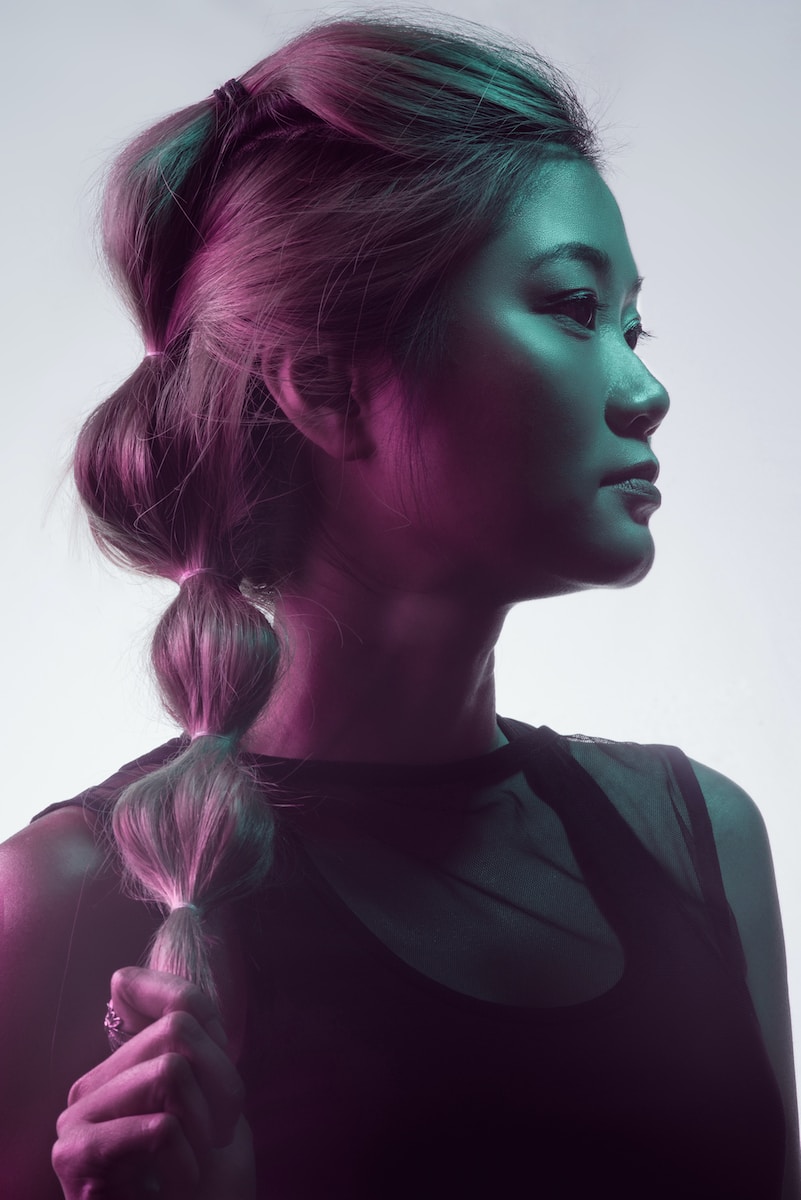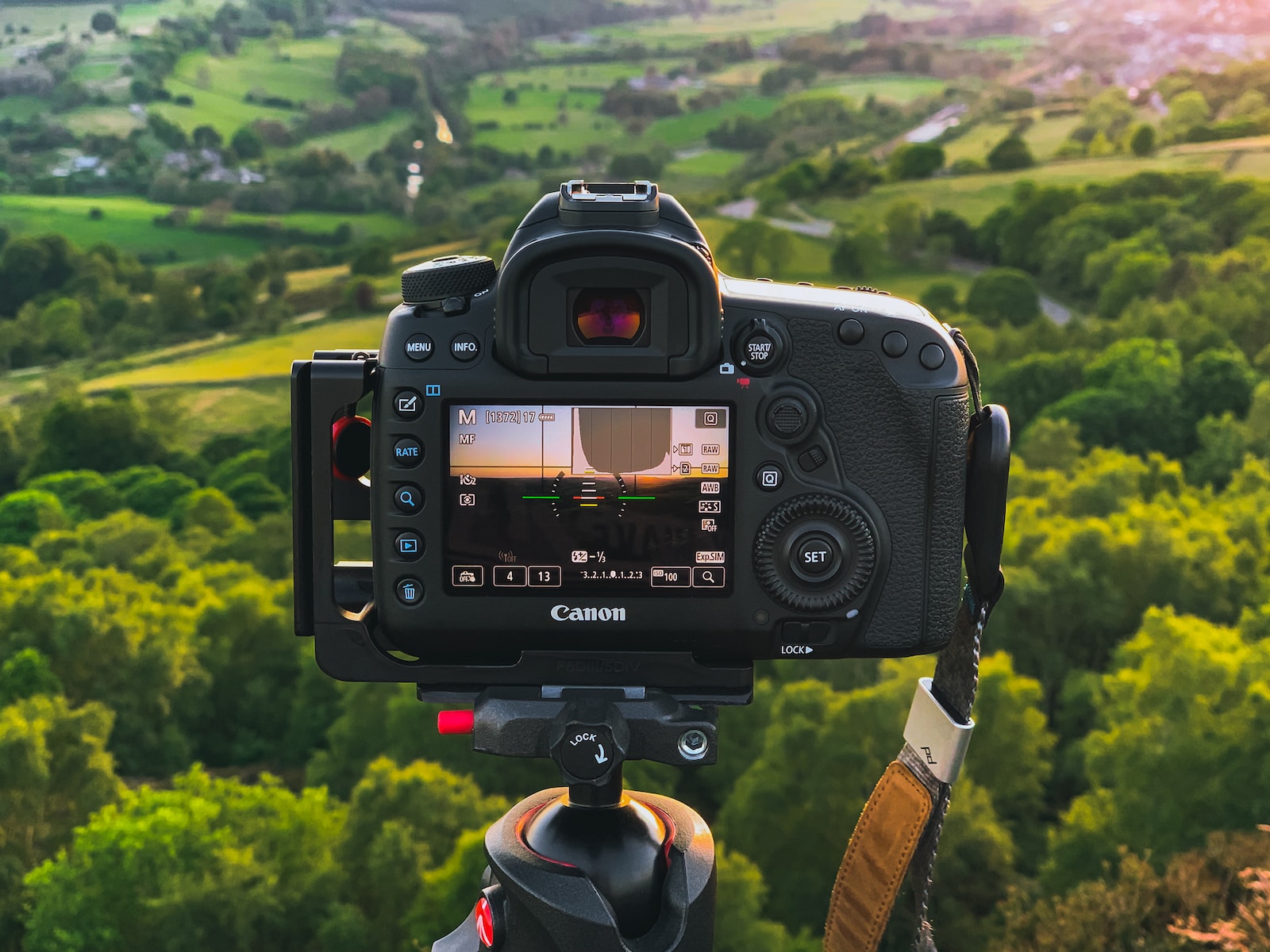Welcome to our Rangefinder Vs. DSLR blog! If you’re a photography enthusiast or simply interested in cameras, you’ve come to the right place. In this blog, we’ll be conducting a detailed comparative analysis of Rangefinder Vs. DSLR cameras. So, whether you’re looking to purchase a new camera or just curious about the differences, this blog will provide you with all the information you need to make an informed decision. Let’s dive in!
Table of Contents
The Battle: Rangefinder Vs. DSLR Cameras
Introduction
Before we delve into the nitty-gritty details, let’s take a moment to understand what sets Rangefinder and DSLR cameras apart. Both camera types have their unique features, advantages, and drawbacks. By comparing their key aspects, such as design, viewing experience, image quality, usability, and versatility, we can gain a better understanding of which camera may suit your preferences and shooting style.
Design and Ergonomics
The design and ergonomics of a camera play a crucial role, especially for those who use it extensively. Rangefinder cameras are known for their compact and lightweight bodies, making them portable and great for street photography. On the other hand, DSLR cameras tend to be bulkier but offer a comfortable grip and better stability.
Viewing Experience
One key difference between Rangefinder and DSLR cameras lies in the viewing experience. Rangefinder cameras use an optical viewfinder that displays the image through a separate window, providing a unique shooting experience. DSLR cameras, on the other hand, utilize a mirror and prism system that shows the actual image through the viewfinder, giving you a real-time preview.
Image Quality
When it comes to image quality, both Rangefinder and DSLR cameras excel in their respective ways. Rangefinder cameras are known for their exceptional sharpness and contrast, thanks to their high-quality lenses and optical designs. On the other hand, DSLR cameras offer superior image resolution, dynamic range, and low-light performance due to their larger sensors and advanced technologies.
Usability and Control
The usability and control of a camera greatly impact the shooting experience. Rangefinder cameras often have simplified controls, which can be advantageous for quick and discreet shooting. DSLR cameras, on the other hand, provide a wide range of customizable settings, allowing photographers to fine-tune their shots according to their preferences and shooting scenarios.
Versatility and Lens Options
Versatility is an essential factor to consider when choosing a camera system. Rangefinder cameras typically have a fixed lens, limiting your focal length options. However, they excel in compactness and portability. DSLR cameras, on the other hand, offer a vast selection of lenses, allowing you to choose from various focal lengths, zoom capabilities, and specialty lenses for different shooting purposes and creative flexibility.
Interesting Fact:
Did you know that Henri Cartier-Bresson, the renowned street photographer, exclusively used a Rangefinder camera throughout his career?
By now, you should have a better understanding of the key differences between Rangefinder and DSLR cameras. While both camera types have their pros and cons, the ideal choice ultimately depends on your shooting preferences, style, and budget. Whether you value compactness and simplicity or crave versatility and advanced controls, there’s a camera out there to suit your needs. Happy shooting!
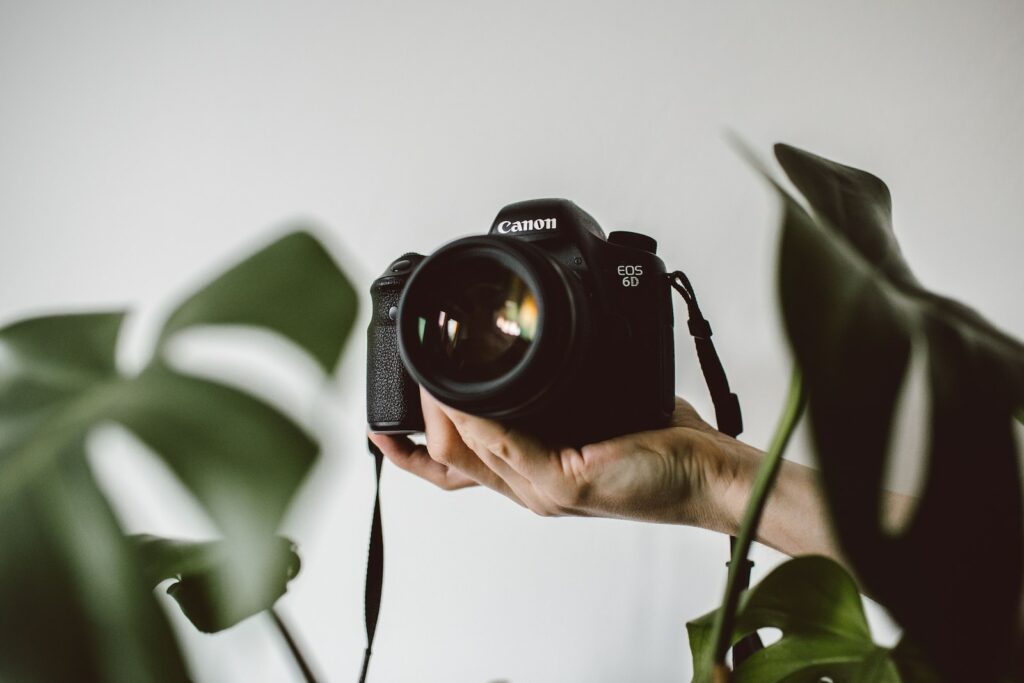
A Relevant Case Study: Overcoming Challenges in Choosing between Rangefinder and DSLR Cameras
Choosing the right camera can be a daunting task, especially with so many options available in the market. For aspiring photographers, the decision to invest in a rangefinder or a DSLR camera can pose a significant challenge, as both types come with their own advantages and limitations. In this case study, we will explore the journey of a professional photographer who faced a similar dilemma and the challenges he overcame in making his decision.
The Photographer’s Dilemma
Meet Alex, an accomplished photographer who primarily focuses on street photography and portraiture. As he gained more experience and honed his skills, Alex decided it was time to upgrade his camera gear. However, he found himself torn between investing in a rangefinder or a DSLR camera. He recognized the need to thoroughly evaluate the pros and cons of each before making an informed decision.
The Comparison Process
To make his decision, Alex conducted extensive research and engaged in hands-on testing with both types of cameras. He began by comparing the key features, specifications, and shooting experiences offered by rangefinder and DSLR cameras. Alex soon realized that rangefinder cameras excel in size and portability, making them the perfect choice for street photographers. DSLRs, on the other hand, provide superior autofocus and versatility, which are essential for various genres such as wildlife or sports photography.
During his comparison process, Alex also consulted with other photographers who had experience with both camera types. Their insights and perspectives allowed him to gain further clarity on the different shooting styles and situations where each camera type excels.
The Challenges Faced
As Alex delved deeper into his research, he faced several challenges that impeded his decision-making process. Firstly, he encountered conflicting opinions and reviews, which made it difficult to determine which camera type would suit his specific needs best. Additionally, as a photographer on a budget, Alex had to carefully consider the cost implications of his decision. He found that the initial investment for rangefinder cameras tends to be higher compared to entry-level DSLR cameras.
Furthermore, Alex was concerned about the learning curve associated with rangefinders. As a photographer who primarily used DSLRs in the past, he wondered if he would be able to adapt quickly to the unique focusing system and manual controls of a rangefinder camera.
Overcoming the Challenges
To address the challenges he faced, Alex adopted a systematic approach. He made a list of his priorities and specific requirements as a street and portrait photographer. Alex then analyzed how well each camera type fulfilled those requirements. He also sought expert advice from professional photographers who shared their experiences and trade-offs when switching between rangefinder and DSLR cameras.
Ultimately, Alex decided to invest in a rangefinder camera. The compact size, discrete shooting experience, and ability to quickly capture candid moments were instrumental in his decision-making process. He recognized that mastering the rangefinder’s focusing system and manual controls would require time and practice, but the unique features outweighed the learning curve.
By persisting through the challenges and conducting thorough research, Alex was able to make an informed decision and purchase a camera that perfectly aligns with his photography style and requirements.
If you find yourself facing a similar dilemma, take the time to evaluate your shooting style, requirements, and budget constraints. Engage with other photographers, conduct hands-on tests, and consider the pros and cons of each camera type. By following a systematic approach, like Alex did, you can overcome the challenges and choose the camera that will best enhance your photography journey.
Frequently Asked Questions
1. What is the difference between a Rangefinder and a DSLR camera?
A Rangefinder camera is a compact camera that uses a system of mirrors and rangefinder to measure the distance to the subject. On the other hand, a DSLR camera is larger and uses a digital sensor and mirror system to capture images.
2. Which type of camera is better, a Rangefinder or a DSLR?
The answer depends on your specific needs and preferences. Rangefinder cameras are known for their portability and discreetness, making them great for street and documentary photography. DSLR cameras, on the other hand, offer superior autofocus and interchangeable lenses, making them ideal for various genres such as sports and wildlife photography.
3. Are Rangefinder cameras more expensive than DSLRs?
Generally, Rangefinder cameras tend to be more expensive than DSLRs due to their unique design and limited production. However, there are affordable options available in both categories, so price should not be the sole determining factor.
4. Can Rangefinder cameras use interchangeable lenses?
Most Rangefinder cameras have fixed lenses, meaning they do not have the option to interchange lenses. However, some manufacturers offer adapters that allow the use of certain lenses from other systems.
5. Are DSLR cameras better for professional photographers?
DSLR cameras are widely used by professionals due to their versatility, advanced features, and wide range of available lenses. However, there are professional photographers who prefer the unique shooting experience offered by Rangefinder cameras. Ultimately, it comes down to personal preference and the demands of the specific photography style.
Wrap Up
After conducting a comparative analysis of rangefinder and DSLR cameras, it is clear that both have their unique advantages and considerations. Rangefinder cameras offer portability and discreetness, making them ideal for street and documentary photography. On the other hand, DSLR cameras provide versatility, speed, and exceptional image quality, making them suitable for a wide range of photography genres.
Ultimately, the choice between a rangefinder and DSLR camera depends on your personal preferences and intended use. To make an informed decision, consider factors such as your shooting style, desired features, and budget.
If you have any further questions or would like to share your own experiences with rangefinder or DSLR cameras, please feel free to leave a comment below. We would love to hear from you!
